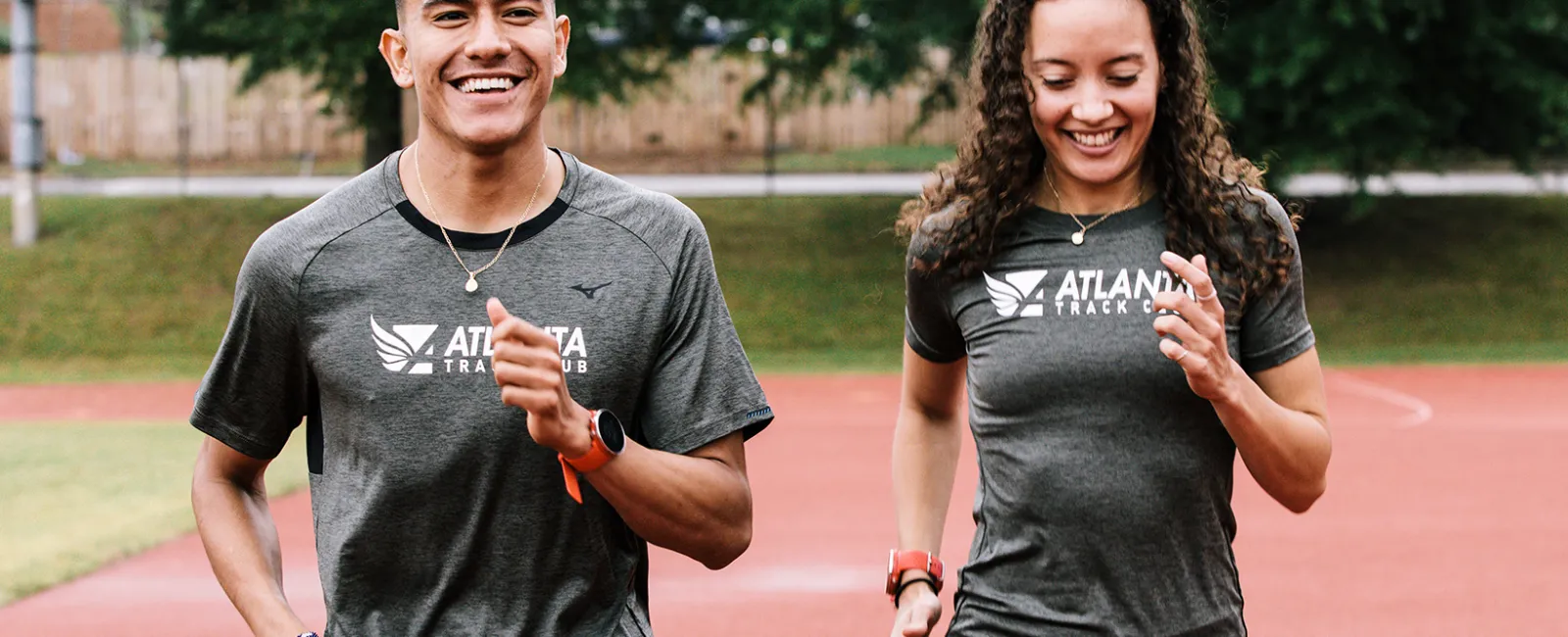By Andrew Begley
As coaches, we are constantly asking our athletes for feedback. Every year, on that first really hot day, we hear the same thing: “My legs felt so heavy. I felt sluggish. I just couldn’t hit my paces today. How did I get out of shape all of the sudden?”
There is science behind these feelings. Our muscles need oxygen to burn fuel, and thereby create the force needed for movement. Our red blood cells (RBCs) carry oxygen throughout the body. Specifically, the protein called hemoglobin is the part of the RBC responsible for carrying oxygen. Humans have about five liters of blood in their bodies, 40-45 percent of which is made up of RBCs and 50-55 percent plasma (mostly water). Other types of cells (white blood cells, platelets, etc.) make up about 1 percent.
Blood carries oxygen to all parts of the body. Skin is our biggest organ, about 15 percent of body mass, and muscles make up about 33 percent. Humans have blood vessels that supply blood and therefore oxygen to both the muscles and skin. The deep blood vessels supply blood to the muscles, and the superficial vessels supply blood to the skin.
Normally when you exercise, most of the blood flows through the deep vessels. However, when it’s hot and humid, the body has to cool itself and diverts over 30 percent of the blood to the superficial vessels. This means less oxygen gets to the muscles, and limits what they can do. The legs feel heavy. They burn, from producing lactic acid. We’re forced to slow down, which is exactly what we should do as our bodies adapt to the tougher conditions.
Over time, our body will try to fix this oxygen shortage. The first step is to increase the volume of blood. The body will increase the plasma volume by 10-15 percent fairly quickly. More volume means we can spread out the blood between the superficial and deep vessels more efficiently.
The kidneys will also release erythropoietin (EPO, a hormone) into the blood, which causes the bone marrow to create more red blood cells. This process takes a bit longer to accomplish, about 3 or 4 weeks. The result is that the body will eventually be able to run fast, even with the heat and humidity.
Many elite athletes travel to altitude to increase their RBC counts, but altitude works a little differently. Because the air pressure is lower, the air molecules are spread out more in the “thin” air and there’s less oxygen in each breath you take. Our bodies respond by releasing EPO, and thereby making more RBCs. When athletes return to sea level to race, they have more RBCs than they need to run fast, so they can run even faster.
Athletes who train in heat and humidity get similar results when they go to cooler climates to race. In a non-Covid year, Atlanta Track Club athletes looking to run big PRs should try to plan a trip to a cooler climate in September or October. You will go into that race with more RBCs than you need, and your performance will show off your extra oxygen-carrying capacity.








